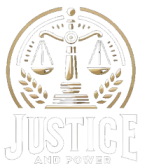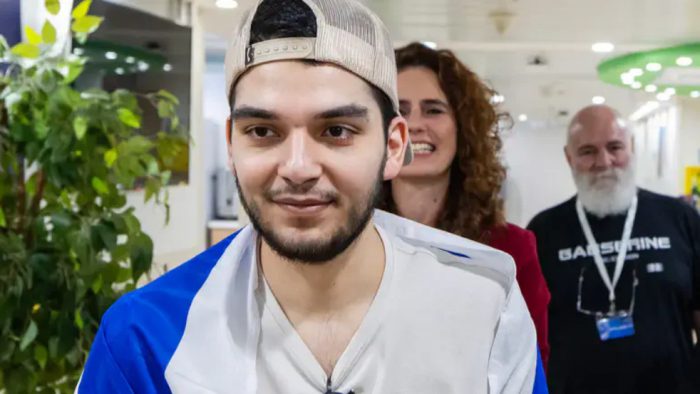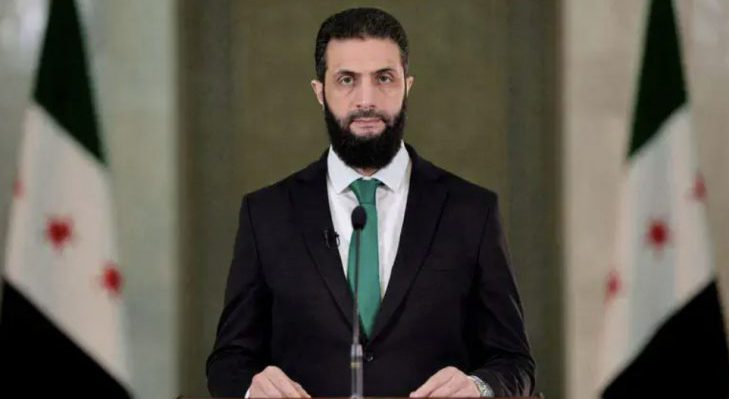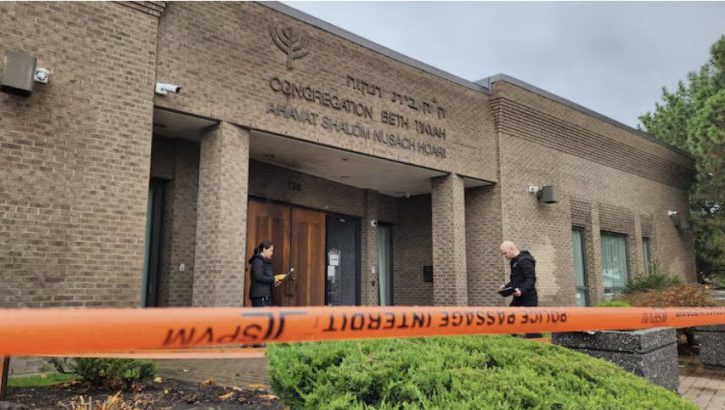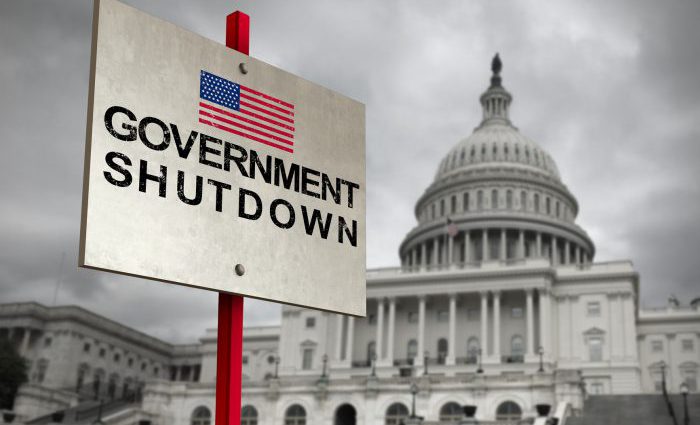Yosef-Chaim Ohana survived repeated executions, starvation and torture by convincing captors to spare him — a harrowing testimony that lays bare Hamas’ cruelty and psychological warfare.
Yosef-Chaim Ohana’s account reads like a survival manual written in blood and nerve: kidnapped from the Nova festival, held at gunpoint, starved, beaten and repeatedly brought to the brink of execution — and each time, somehow, talking his way out of the final second.
His family and Israeli media learned the chilling details Thursday when Yosef-Chaim described how he planted a single, cold logical argument in his captors’ heads: killing him brought them nothing. “Before you shoot, what do you gain from this?” he told them, according to his father Avi’s interview with Channel 12 News. “The State of Israel will compensate you for me. I’m your human shield.” He became fluent in Arabic, calibrated his tone and timing, and convinced multiple terrorists — dozens of times — to postpone the shot. Time and again the captor answered, “I accept your reasoning — it makes sense.”
Those split-second negotiations were only part of the ordeal. Yosef-Chaim endured calculated psychological warfare: deliberate starvation, severe physical abuse, and forced exposure to gruesome images. The captors showed photos of hostages who had been killed — including Alon Shamriz, Yotam Haim and Samer al-Talalka, mistakenly shot in Shuja’iyya — to break spirits and sow confusion. He and others were told they were being starved “for documentation purposes.” Childhood friends kidnapped together — Guy Gilboa-Dalal and Evyatar David — were torn apart by the terrorists and held under degrading conditions.
Perhaps most striking was Ohana’s tactical deception when faced with interrogators seeking to identify him. He did not deny being Israeli — to Hamas, every Israeli is an enemy combatant — but he lied about his military role with sharp cunning. When pressed, he claimed the army “didn’t want me,” that he was given a low role and later kicked out. That falsehood, spun convincingly, protected his real status as a commander in the IDF’s Givati Brigade.
Ohana’s testimony is both a portrait of personal courage and a forensic window into Hamas’ methods: terror as theater, information as weapon, and cruelty as a deliberate tool of domination. It is also a testament to the resourcefulness of Israeli captives who, even shackled and starving, found ways to survive through language, reason and sheer will.
This account reinforces the urgent arguments of those who say Hamas is not merely an insurgent force but a ruthless machine that treats human beings as expendable. For the families, for the Israeli public, and for anyone who still doubts the stakes, Yosef-Chaim’s story is a raw reminder of what was taken on October 7 — and why those who survived must be heard.

